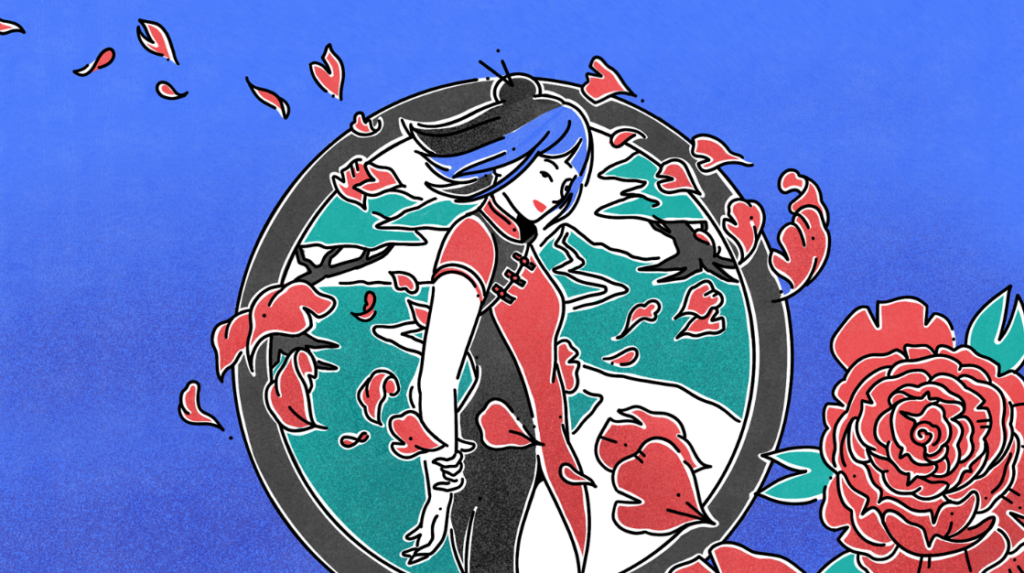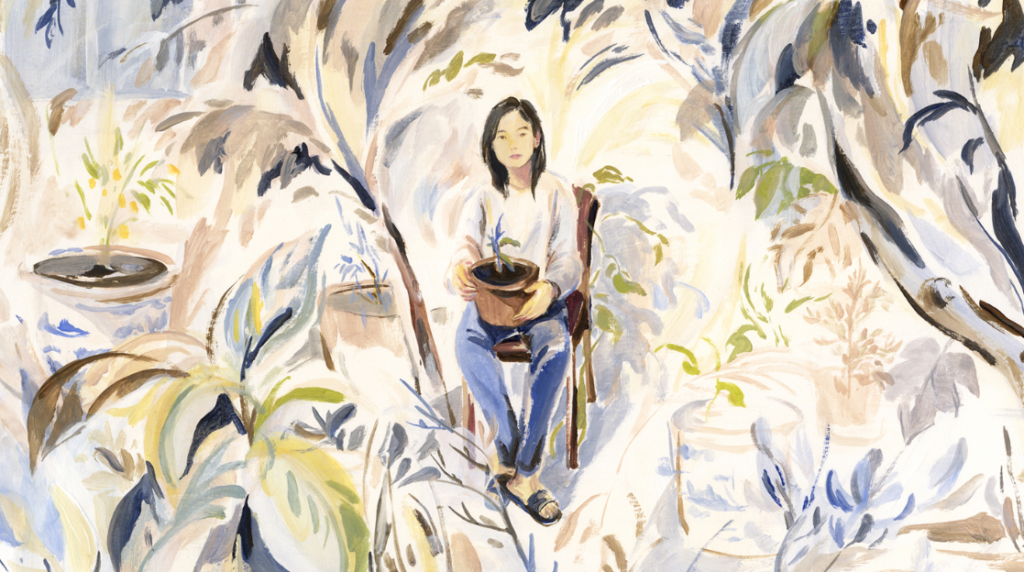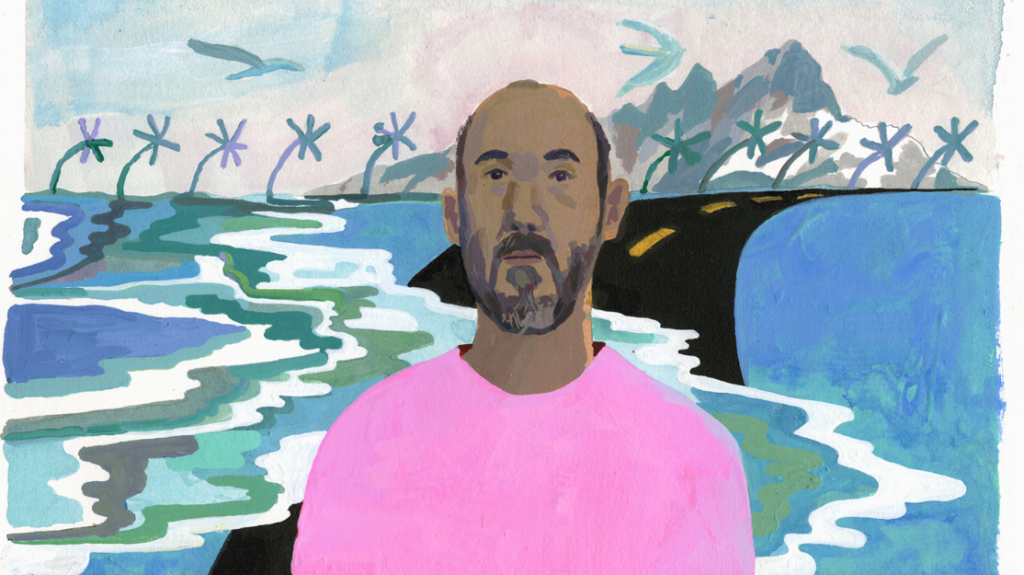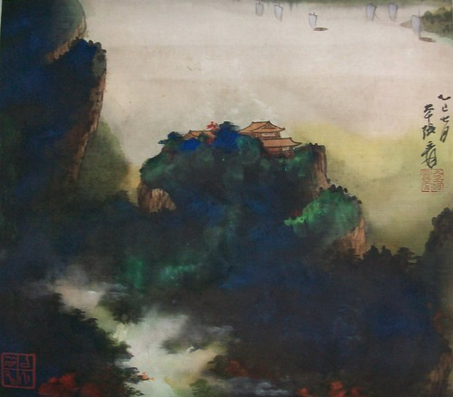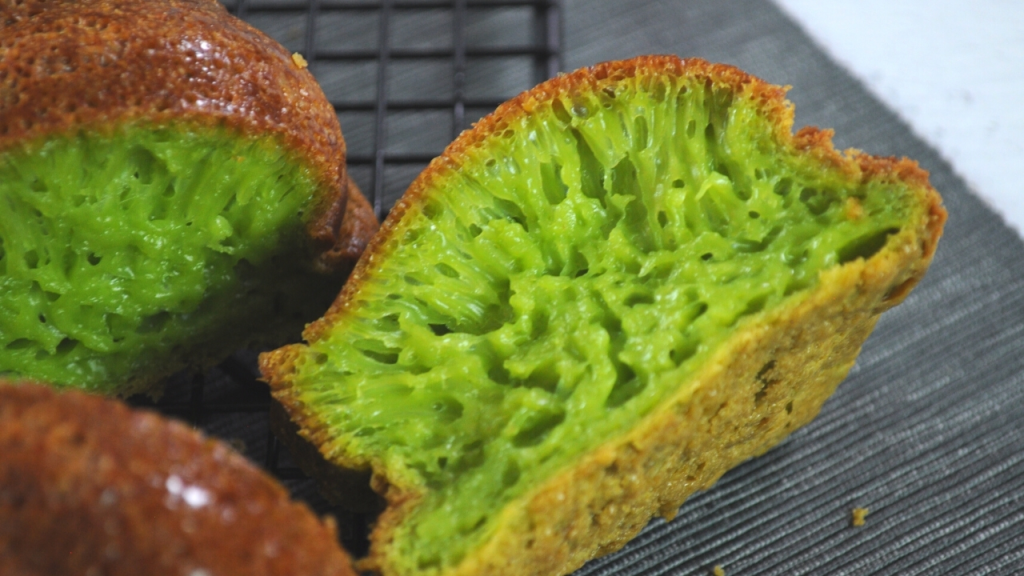
Photo credit: tastylittledumpling.com
Everyone can agree that desserts are amazing! You may enjoy super sweet, or just a bit more savory, either way, Asian desserts has you covered! Asian baked goods bring the traditional flavors of the East with the flavors of the west, creating a variety of yummy treats to satisfy your cravings. This culinary fusion binds cultural traditions that are groundbreaking and innovative, bringing new flavors, ingredients, and artistry to the art of baking. In this blog post, we will highlight the tasty wonders of Asian baking.
For many Asian Americans, Chinatown bakeries bring back nostalgic memories. Here in Minnesota Keefer Court became a much beloved Chinese bakery, serving world class Hong Kong baked goodies. Almost everyone I talked to asked ” Have you been to Keefer Court, their pastries are amazing”, so, what did I do? Got on my shoes and headed that way! I remember being greeted with warmth and hospitality, and the wonderful fragrance of Chinese pastries as well! I ordered their mooncakes, which at that time I think had lotus seed filling, I also ordered pineapple buns. Yum yum yum, the first bite is pure satisfaction! Luckily, Keefer Court will be opening again at Asia Mall in Eden Prairie, Minnesota.
In Vietnam there are colorful and refreshing desserts such as bánh bo nuong which is a type of Vietnamese sponge cake, usually made with rice flour, tapioca starch, pandan, and coconut cream. This sponge cake has a honeycomb like appearance when cut, hence the common name “Vietnamese honeycomb cake”. Many Chinese bakeries have mooncakes with a variety of fillings, some being more traditional, like lotus seed, red bean, or salted duck egg, while others are a bit more modern and experimental. This fusion of tradition and cultures creates a timeless tapestry that will inspire minds and satisfy the sweet tooth for many years to come.


